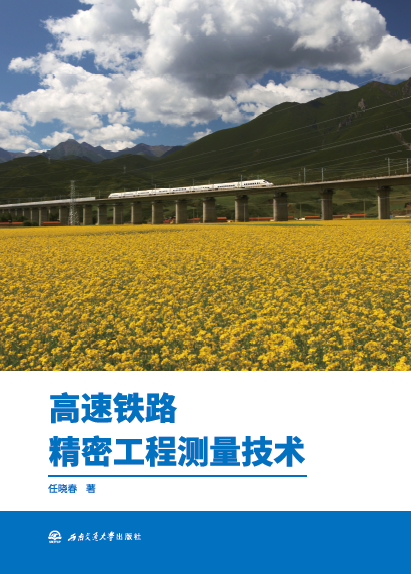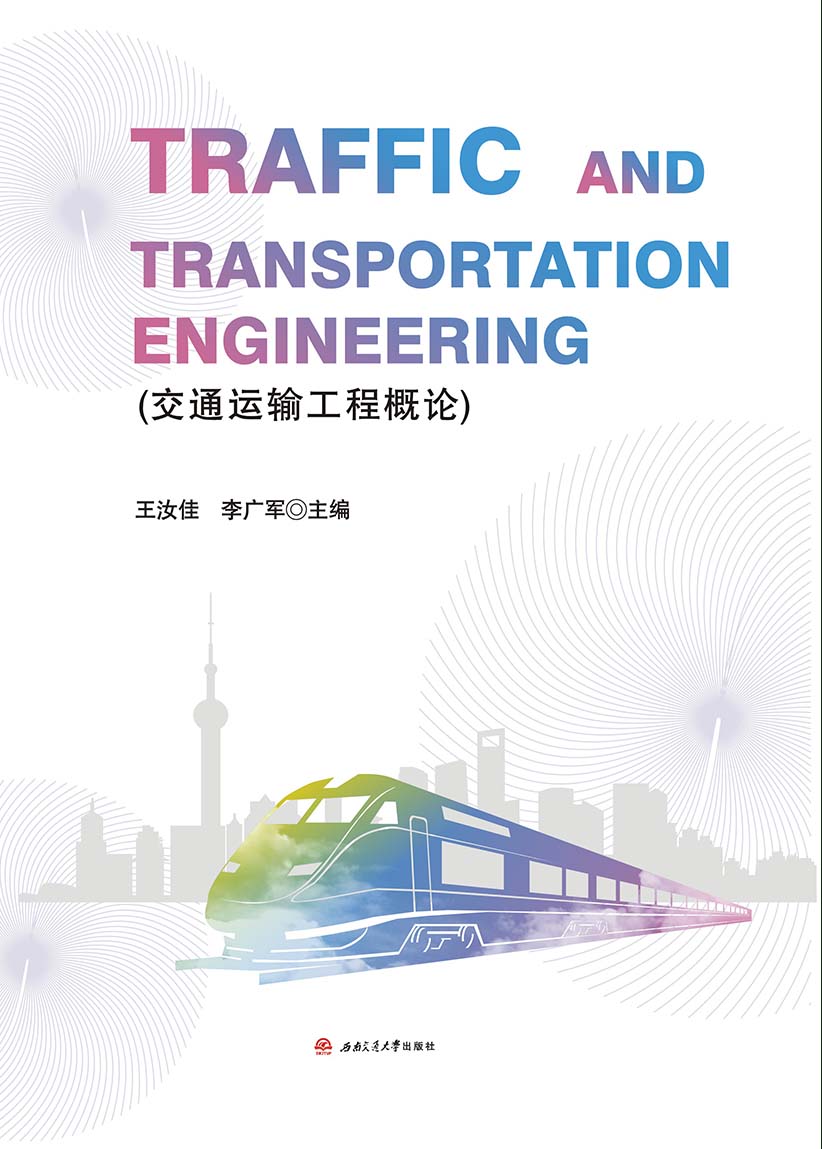-
 高速铁路精密工程测量技术
高速铁路精密工程测量技术作者:任晓春
本书是一本关于高速铁路精密工程测量技术与实践的技术指导书,作者结合其在高速铁路精密工程测量工作中的多年具体实践,系统总结了高速铁路精密工程测量的工作经验,全面阐述了在高速铁路勘察设计、施工运维中进行精密测量的技术和方法,并结合具体工程实例,深入浅出地介绍了高速铁路精密工程测量的作业方法,以及一些具体问题的解决方案。
-
 西南山区有砟轨道高速铁路沉降预测数学模型
西南山区有砟轨道高速铁路沉降预测数学模型作者:王明慧,曹成度,张桥
本书是四川省2019-2020年度重点图书出版社规划项目“西南山区高速铁路建设工程技术研究丛书”之一,从沉降预测模型研究现状、沉降预测模型分类以及沉降预测模型选择入手,详细介绍了双曲线模型、三点模型、抛物线模型、指数曲线模型、沉降速率模型等模型的基本原理和实际应用。本书以渝万铁路客运专线为例,在总结分析西南山区有砟轨道高速铁路沉降预测数学模型研究的基础上,对高速铁路有砟轨道路基的沉降预测模型进行了系统的介绍。本书既有理论模型,又有实证分析,有助于推动有砟轨道高速铁路线下工程沉降预测技术的发展。
-
 铁路信号基础
铁路信号基础作者:刘玉芝 高静巧
本书结合铁路信号领域的新技术、现场实际和现代铁路对信号高级应用人才的需求,全面系统地对铁路信号基础设备和铁路信号运营基础等基本知识及其基本原理进行阐述。本书主要阐述铁路信号自动控制基本概念、基本原理和信号基础设备与器材的应用技术,内容包括铁路信号设备器材与信号系统两个层次,设备器材包括继电器、轨道电路、转辙机、固定信号设备、机车信号设备、智能电源屏等,信号系统包括区间闭塞系统、车站联锁系统、列车运行控制系统、行车指挥自动化系统、编组站自动化系统、信号集中监测系统等。本书还对与铁路信号运营密切相关的列车运行图、铁路线路等知识进行介绍,研究内容围绕铁路信号保证行车安全、提高运输效率、降低劳动强度、集中调度指挥列车运行等基本作用展开。本书既可供轨道交通信号相关专业的本科生学习使用,也可供铁道信号工程技术人员学习和参考。
图书分类
Book classification- 本书全英文,为交通运输学科基础必修课教材,以交通运输系统为研究对象,主要介绍交通运输工程、交通运输系统方面的英文基础知识。本书内容分为六个模块,内容包括:交通运输系统概念,交通运输系统的组成以及各种交通运输系统的现状、各类载运工具的特点、各种交通运输系统的运行特性,道路及轨道工程相关技术知识,交通运输工程规划的基本原则与思路、交通运输基础设施及智能交通系统,多式联运相关基础知识,扩展内容主要介绍国...查看更多
- 前言// PREFACE
Traffic and Transportation Engineering is intended to be a textbook for one-semester junior- or senior...查看更多
-
目录// CONTENTS
Program 1 Introduction to Transportation Engineering
1.1 Transportation and People’s Life 5
1.2 Trans...查看更多 - 作者简介:王汝佳,女,江苏理工学院汽车与交通工程学院讲师,博士博士后,目前主要从事交通运输噪声测量及可视化、噪声控制领域的研究工作。2012年毕业于东北林业大学载运工具运用工程,获博士学位





